Confused between parsley and cilantro? You're not alone. These two herbs look similar but have distinct flavors and uses. Here's how to tell them apart in just a few simple steps.
Key Differences Between Parsley and Cilantro
| Feature | Parsley | Cilantro |
|---|---|---|
| Leaf Shape | Curly or flat-leaf (smooth edges) | Feathery, pointed leaves with jagged edges |
| Flavor Profile | Mild, grassy, slightly peppery | Citrusy, pungent, sometimes soapy (due to aldehydes) |
| Smell | Fresh, herbal, subtle | Strong, aromatic, distinctive |
| Texture | Firm and crisp | Softer and more delicate |
| Culinary Use | Garnish, soups, stews, sauces | Mexican, Thai, Indian dishes, salsas, curries |
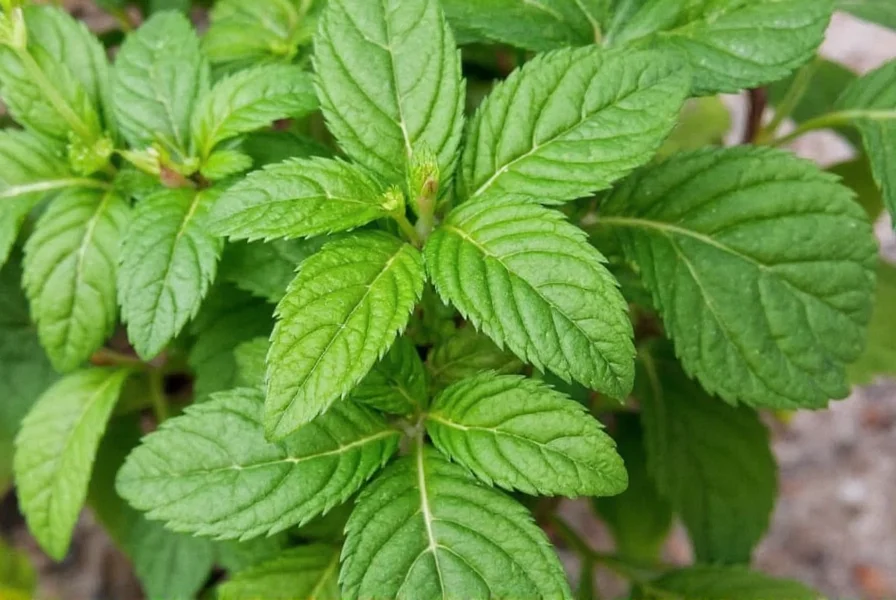

How to Identify Each Herb
Step 1: Examine the leaves
Parsley has uniform, smooth-edged leaves (curly or flat). Cilantro leaves are more delicate with jagged edges and a fern-like appearance. When chopped, cilantro leaves appear finer and more irregular than parsley.
Step 2: Smell them
Rub a leaf between your fingers. Parsley emits a fresh, grassy aroma. Cilantro has a strong, citrusy scent that some people describe as soapy due to aldehydes (a natural compound).
Step 3: Taste a small piece
Parsley has a mild, vegetal flavor that complements dishes without overpowering. Cilantro has a bold, polarizing taste—loved by many but disliked by others due to genetic sensitivity.
What Is Parsley?
Parsley (Petroselinum crispum) is a versatile herb used globally as a garnish and flavor enhancer. It comes in two varieties: curly parsley (common for garnishing) and flat-leaf parsley (Italian parsley, preferred for cooking due to stronger flavor).
What Is Cilantro?
Cilantro (Coriandrum sativum) refers to the leaves of the coriander plant. Its seeds are called coriander. Cilantro is essential in Mexican, Thai, Indian, and Middle Eastern cuisines, adding bright, citrusy notes to dishes like salsa, guacamole, and curries.
Why People Confuse Them
Both herbs are green and leafy, making them visually similar when chopped. Regional naming differences also cause confusion—some Spanish-speaking countries use "cilantro" for both herbs. Additionally, inexperienced cooks may not recognize the distinct aroma and flavor differences.
How to Use Each Herb
Parsley
- Add to soups, stews, and sauces for freshness
- Use as a garnish on meats, potatoes, or pasta
- Mix into tabbouleh, chimichurri, or pesto
Cilantro
- Essential in salsas, guacamole, and ceviche
- Stir into curries, stir-fries, and rice dishes
- Use in dressings like cilantro-lime vinaigrette
Practical Tips for Cooking
- Storage: Keep fresh herbs in a damp paper towel inside a sealed container in the fridge for up to 2 weeks
- Chopping: Chop just before use to preserve flavor
- Substitution: Never substitute cilantro for parsley in recipes where its strong flavor is critical (e.g., Mexican dishes). Use parsley as a garnish substitute only when cilantro's flavor isn't needed
- Genetic Sensitivity: If cilantro tastes soapy to you, it's likely genetic—avoid it and use parsley or other herbs instead
Buying Guide
For Fresh Herbs
- Parsley: Choose vibrant green leaves with no yellowing. Stems should be firm and crisp
- Cilantro: Look for bright green, perky leaves. Avoid wilted or slimy stems
Dried Herbs
- Dried Parsley: Best for soups and stews; mild flavor
- Dried Cilantro: Use sparingly in spice blends; loses freshness quickly
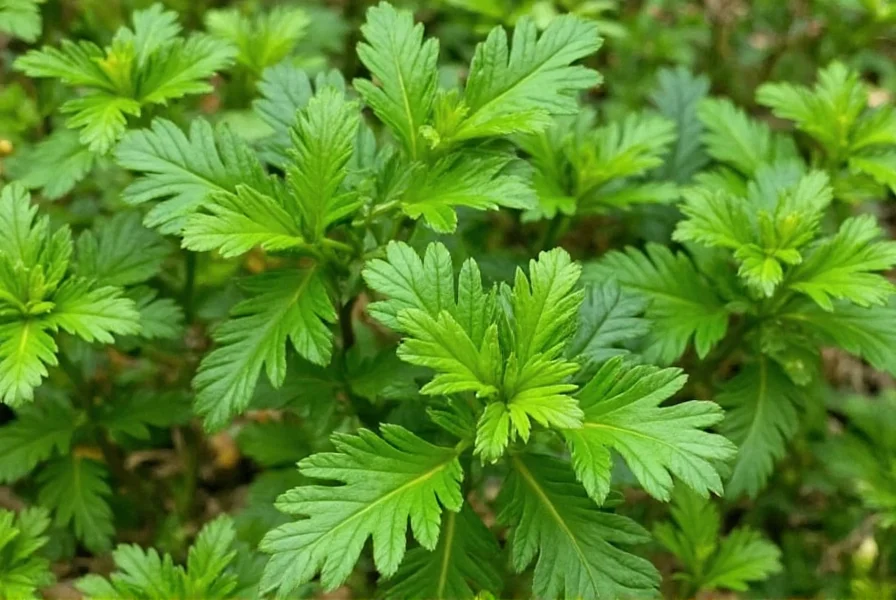
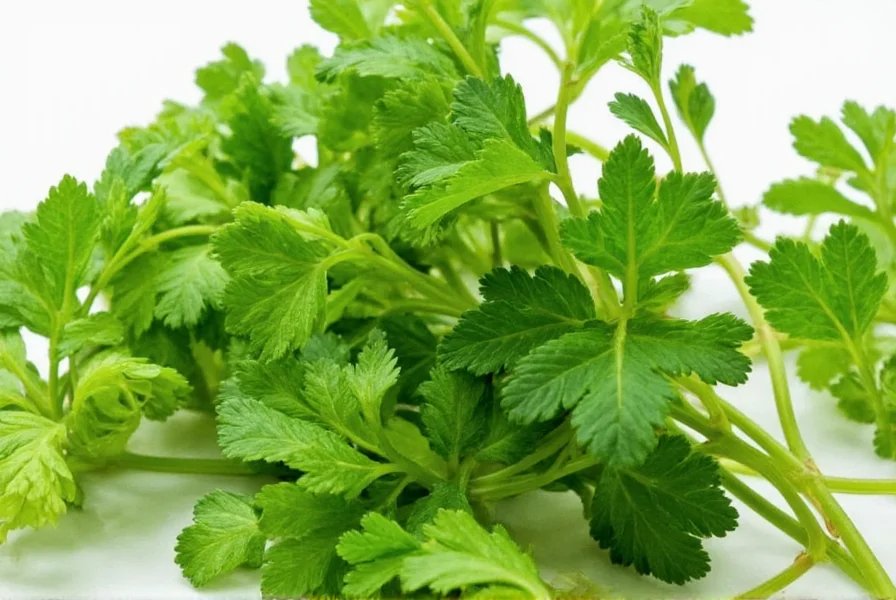
Frequently Asked Questions
Is parsley the same as cilantro?
No. Parsley and cilantro are different plants with distinct flavors, aromas, and culinary uses. Parsley has a mild, grassy taste, while cilantro has a strong, citrusy flavor that some people find soapy.
Can I substitute parsley for cilantro?
Only in garnishes where flavor isn't critical. Substituting in recipes like salsa or curry will significantly alter the dish's intended taste. Cilantro's unique flavor is irreplaceable in many cuisines.
Why does cilantro taste like soap to some people?
Approximately 21% of people have a genetic variation that makes them sensitive to aldehydes in cilantro, which are also found in soap. This is a biological trait, not a matter of preference.
What's the difference between cilantro and coriander?
Cilantro refers to the leaves of the Coriandrum sativum plant. Coriander refers to the seeds. In the UK, the leaves are called "coriander" and the seeds "coriander seeds," causing confusion.
Which herb is better for garnishing?
Parsley is ideal for most garnishes due to its mild flavor. Curly parsley is particularly popular for decorative purposes. Cilantro should only be used as garnish when its distinctive flavor is desired in the dish.
Conclusion
Understanding the difference between parsley and cilantro is essential for confident cooking. With their distinct flavors, aromas, and uses, these herbs serve unique roles in the kitchen. By learning to identify them through visual cues, smell, and taste, you'll avoid culinary mistakes and elevate your dishes. Remember: parsley is parsley, and cilantro is cilantro—never the same!
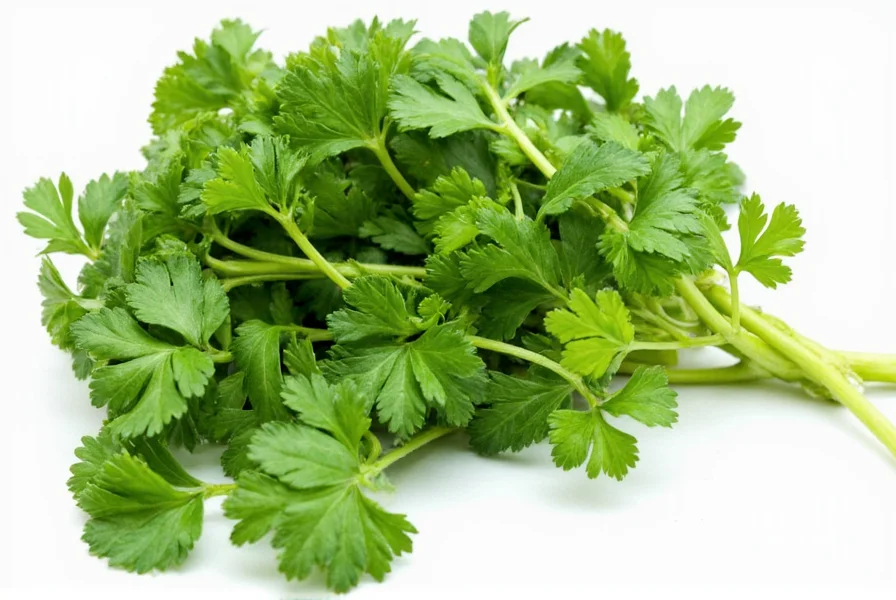

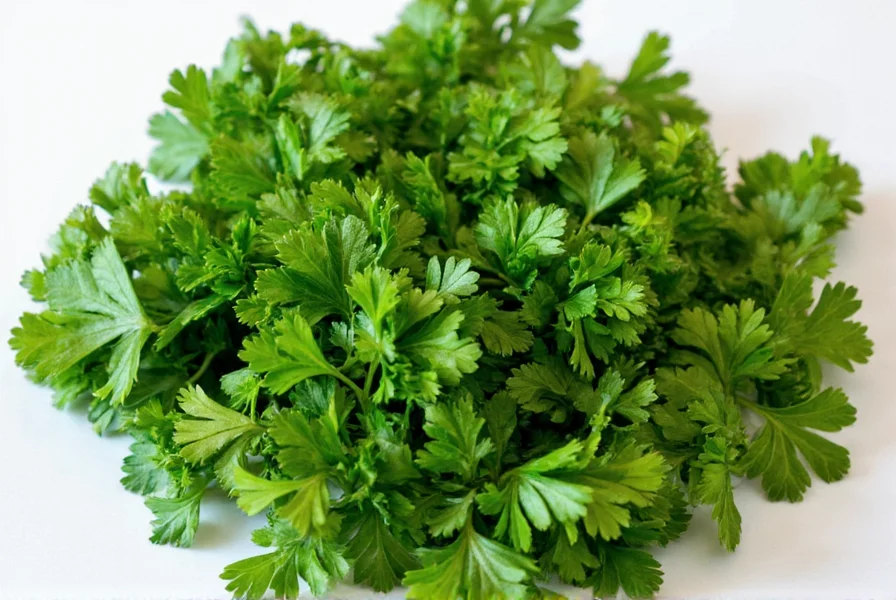









 浙公网安备
33010002000092号
浙公网安备
33010002000092号 浙B2-20120091-4
浙B2-20120091-4